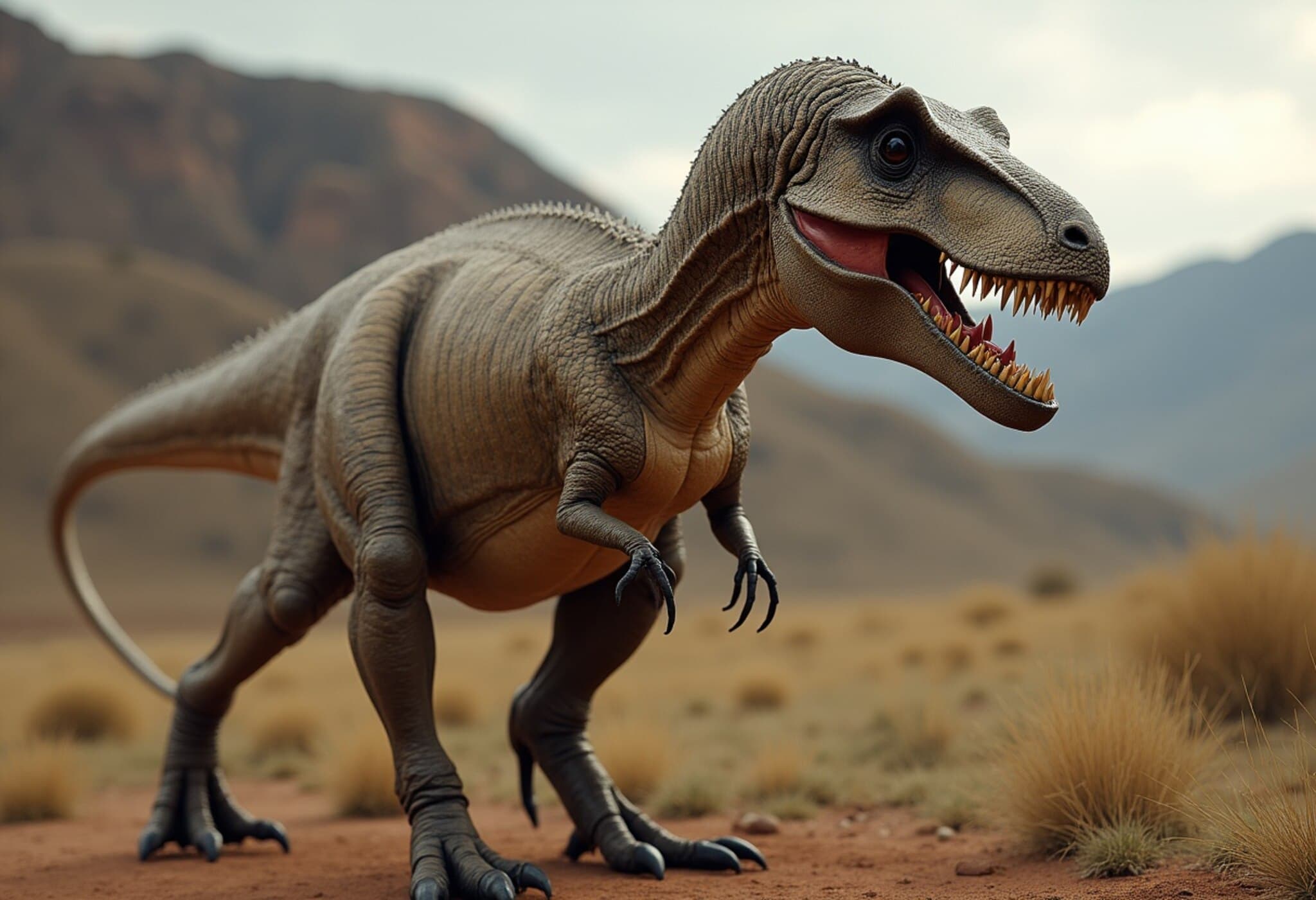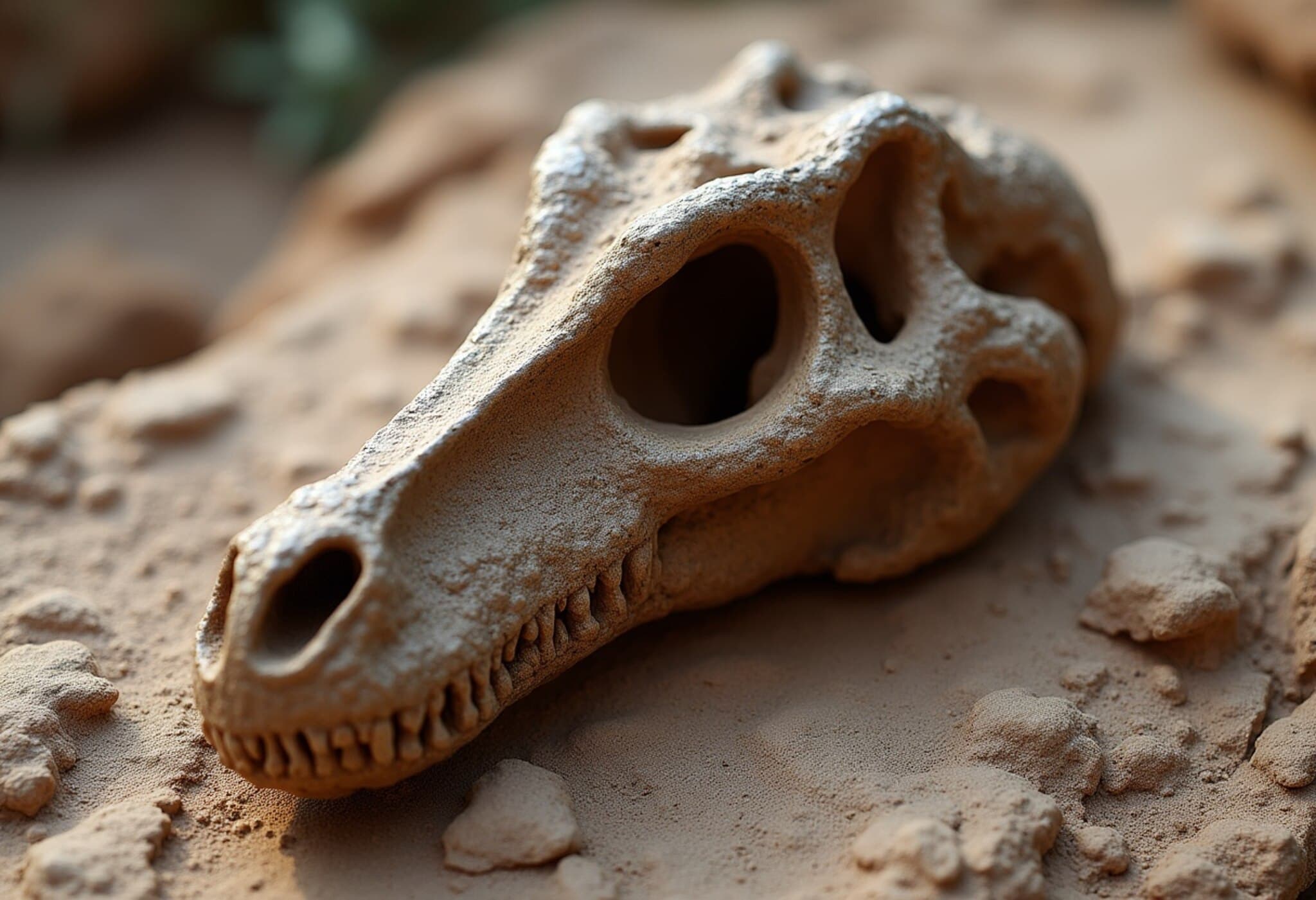Unveiling a New Ancestor of the Tyrannosaurus Rex
Scientists have identified a previously unknown species of tyrannosaur that rewrites the early family history of the iconic Tyrannosaurus Rex. This discovery centers on fossils that sat unnoticed in museum drawers for nearly five decades before their true significance was realized.
Fossils Rediscovered After 50 Years
The fossils were initially excavated in southeastern Mongolia during the early 1970s. Although already part of a significant collection, they had been misclassified as belonging to a different tyrannosaur species, Alectrosaurus. It wasn’t until a keen-eyed PhD student examining the collection recognized distinctive features that this misidentification came to light.
These well-preserved partial skeletons belonged to two individuals of an entirely new tyrannosaur species, now named Khankhuuluu mongoliensis. The name translates roughly to "dragon prince of Mongolia," highlighting its status as a smaller relative of the "king" T-Rex.
Meet Khankhuuluu mongoliensis: The Slender Predecessor
According to experts, this dinosaur was approximately four metres (13 feet) long and weighed about 750 kilograms (roughly three-quarters of a tonne), comparable to a large horse. This is a stark contrast to the giant T-Rex that dominated North America millions of years later.
Clarifying a Complex Tyrannosaur Lineage
The discovery of Khankhuuluu sheds light on a historically confusing evolutionary tree of tyrannosaurs. It appears that around 20 million years before the T-Rex roamed, ancestors like Khankhuuluu migrated from Asia to North America via a land bridge between Siberia and Alaska.
- This migration sparked widespread evolution of tyrannosaurs across North America.
- Subsequent crossings back into Asia led to two distinct tyrannosaur lineages emerging: a smaller, long-snouted group dubbed "Pinocchio rex," and a larger group including formidable giants like Tarbosaurus.
- One of the large tyrannosaurs eventually migrated again to North America, culminating in the rise of the T-Rex.
The End of an Era
The T-Rex, the ultimate apex predator of its time, reigned until about 66 million years ago when a catastrophic asteroid impact wiped out nearly three-quarters of life on Earth, including all non-avian dinosaurs. This marked the abrupt conclusion of the tyrannosaur lineage as we know it.
Hidden Treasures Might Still Linger in Museum Drawers
Scientists emphasize that other significant discoveries may be waiting, unnoticed, in museum collections worldwide. The Khankhuuluu find encourages a closer look at existing fossil records, where similar transformative revelations could be lurking.
Conclusion
The uncovering of Khankhuuluu mongoliensis not only enriches our understanding of tyrannosaur evolution but also underscores the value of revisiting and reevaluating long-held scientific assumptions. As new techniques and fresh perspectives come to the fore, the prehistoric past slowly unveils its secrets, reshaping our view of dinosaur heritage.















